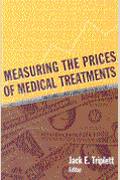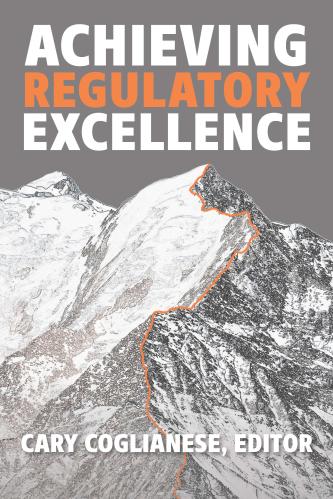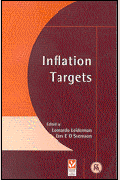Studies in this week’s Hutchins Roundup find that monetary policymakers should take account of both inflation and labor market slack, even if slack may be mismeasured online competition increases the frequency and uniformity of price changes at brick-and-mortar retailers, and more.
Want to receive the Hutchins Roundup as an email? Sign up here to get it in your inbox every Thursday.
Monetary policymakers should take account of both inflation and labor market slack, even if slack may be mismeasured
Uncertainty about how low the unemployment rate can go without generating unwelcome inflation has led some to argue that the Federal Reserve should largely disregard measures of labor market slack and instead focus on inflation, which has been below the Fed’s 2 percent target. Christopher Erceg of the Federal Reserve Board and coauthors challenge this view. Using a version of the Federal Reserve’s FRB/US model to simulate the future path of inflation and unemployment in the U.S. economy under alternative monetary policy strategies, they find that underweighting labor-market measures in today’s economic circumstances, in which inflation is close to target and unemployment is very low, is likely to lead to worse economic outcomes than a more balanced approach.
Online competition increases the frequency and uniformity of price changes at brick-and-mortar retailers
Alberto Cavallo of Harvard University combines data on U.S. retail pricing from the Billion Prices Project with product-level data collected directly from Walmart and Amazon to study how online competition can change the pricing behavior of large retailers in the United States. He finds that online competition increases the frequency of price changes and the uniformity of prices at brick-and-mortar retailers that also sell online. In particular, the frequency of price changes at such retailers declined from 6.7 months in 2008-2010 to 3.7 months in 2014-2017, and the degree of uniformity among prices at Walmart, Safeway, and Best Buy is only slightly lower than at Amazon. This suggests that the transparency of the web imposes a constraint on brick-and-mortar retailers’ ability to price discriminate across locations, says Cavallo. Because retailers who compete online adjust their prices more frequently and uniformly across locations, online competition has increased the sensitivity of retail prices to nationwide shocks like oil price and exchange rate fluctuations.
Uncertainty reduces firm-level investment and dividend payouts and increases cash holdings
Pawel Smietanka of the Bank of England, Nicholas Bloom of Stanford University, and Paul Mizen of the University of Nottingham explore the effect of uncertainty on firm-level business decisions using a measure of U.K. economic uncertainty they construct from the Bank of England’s Survey of External Forecasters. They show that uncertainty reduced investment in the aftermath of the financial crisis, even after controlling for investment opportunities, sales growth, and a firm’s stock volatility. The authors also find high uncertainty led firms to build precautionary savings by increasing their cash holdings and reducing dividend payouts. Uncertainty, therefore, helps explain the United Kingdom’s slow productivity growth since the financial crisis: firms lowered investment and left unproductive cash sitting on the balance sheet. This reduced the level of capital per worker in the economy and contributed to lower output per worker, the authors argue.
Chart of the week: High US consumer optimism rose further in August

Quote of the week:
“Let me conclude by returning to the matter of navigating between the two risks I identified–moving too fast and needlessly shortening the expansion, versus moving too slowly and risking a destabilizing overheating. I see the current path of gradually raising interest rates as the FOMC’s approach to taking seriously both of these risks. While the unemployment rate is below the Committee’s estimate of the longer-run natural rate, estimates of this rate are quite uncertain. The same is true of estimates of the neutral interest rate. We therefore refer to many indicators when judging the degree of slack in the economy or the degree of accommodation in the current policy stance. We are also aware that, over time, inflation has become much less responsive to changes in resource utilization,” says Jerome Powell, chairman of the Federal Reserve.
“While inflation has recently moved up near 2 percent, we have seen no clear sign of an acceleration above 2 percent, and there does not seem to be an elevated risk of overheating. This is good news, and we believe that this good news results in part from the ongoing normalization process, which has moved the stance of policy gradually closer to the FOMC’s rough assessment of neutral as the expansion has continued. As the most recent FOMC statement indicates, if the strong growth in income and jobs continues, further gradual increases in the target range for the federal funds rate will likely be appropriate.”










Commentary
Hutchins Roundup: Monetary policy response to labor market slack, online competition, and more
August 30, 2018